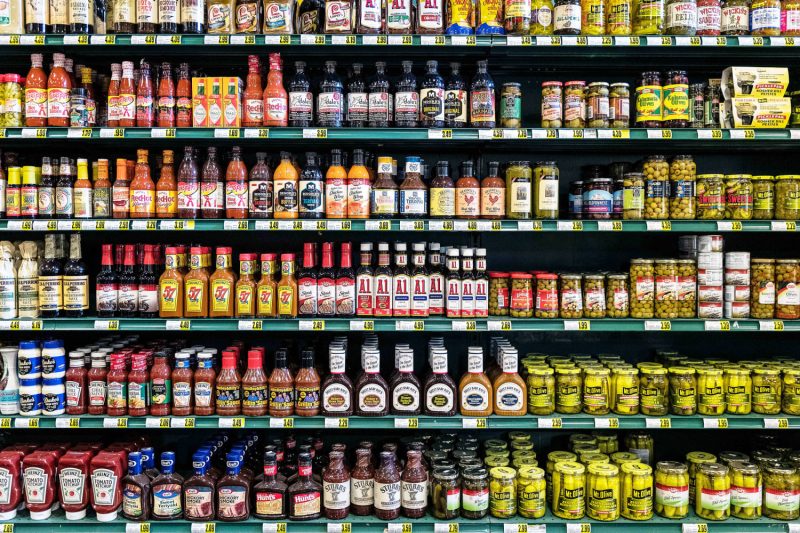The current economic landscape has seen consumers grappling with significant price increases. Brands, both big and small, can no longer ignore the mounting frustrations of their customer base. The explicit plea for price stability is dominating the consumer market, and it’s a call to action that is increasingly becoming a top priority for several major brands.
Firstly, it is essential to understand why customers are weary of escalating prices. The spiraling costs place an extreme burden on consumers’ finances, causing them to cut back on their purchases, hence leading to dwindling profit margins for brands. Increased prices also trigger negative perceptions about the brand, with consumers viewing them as greedy or exploitative entities, thereby affecting customer loyalty.
Historically, any occurrences of inflation or economic downturn have led to increased prices. But today’s scenario is somewhat exceptional. A confluence of events such as the global pandemic coupled with economic inflation has compounded the woes of consumers, triggering unprecedented price hikes across multiple sectors. However, the main bone of contention for consumers isn’t the increased prices per se but the seemingly regularity and consistency of these hikes.
As noted, consumers are more amenable to occasional price increases, attributed to inflation or increased production costs. However, they take exception to a scenario where prices escalate consistently with seemingly no end in sight. They perceive this as a wanton exploitation of their purchasing power and consumer rights, making them feel undervalued and alienated. This sentiment drastically affects their patronage and loyalty to the concerned brands.
The ongoing consumer disgruntlement has not fallen on deaf ears. Major brands are cognizant of their frustrations and are taking proactive measures to assure and retain their customers. Companies are assessing their pricing strategies, identifying areas of reduction without compromising the quality of their products.
The efforts brands are making to address this problem include utilization of efficient supply chain and logistics management to mitigate costs, leveraging technology to track spending and cut down on unnecessary expenses, and negotiating better deals with suppliers. Other measures include offering money-saving rewards and loyalty programs, focusing more on cost-effective online sales, and enriching their product lines with more affordable options.
Furthermore, brands are also becoming more transparent and communicative about their pricing strategies. Keeping customers in the loop about why prices are escalating and what the company is doing to curb these hikes can go a long way in assuaging their frustrations.
Compelling customer value propositions are also on the rise. Brands are focusing on offering superior product quality and excellent customer service. By increasing perceived value, customers are more likely to stick around even in the face of price increases.
In conclusion, consumers’ exhaustion with continuous price hikes significantly impacts their patronage, promoting brands to re-evaluate their strategies. With targeted actions such as cost minimization, increased transparency, compelling value propositions, the balance between profitability and customer satisfaction can be achieved. As they say, “the customer is always right,” and their frustration over continuous price increases is a clarion call for brands to pay attention and take action.




